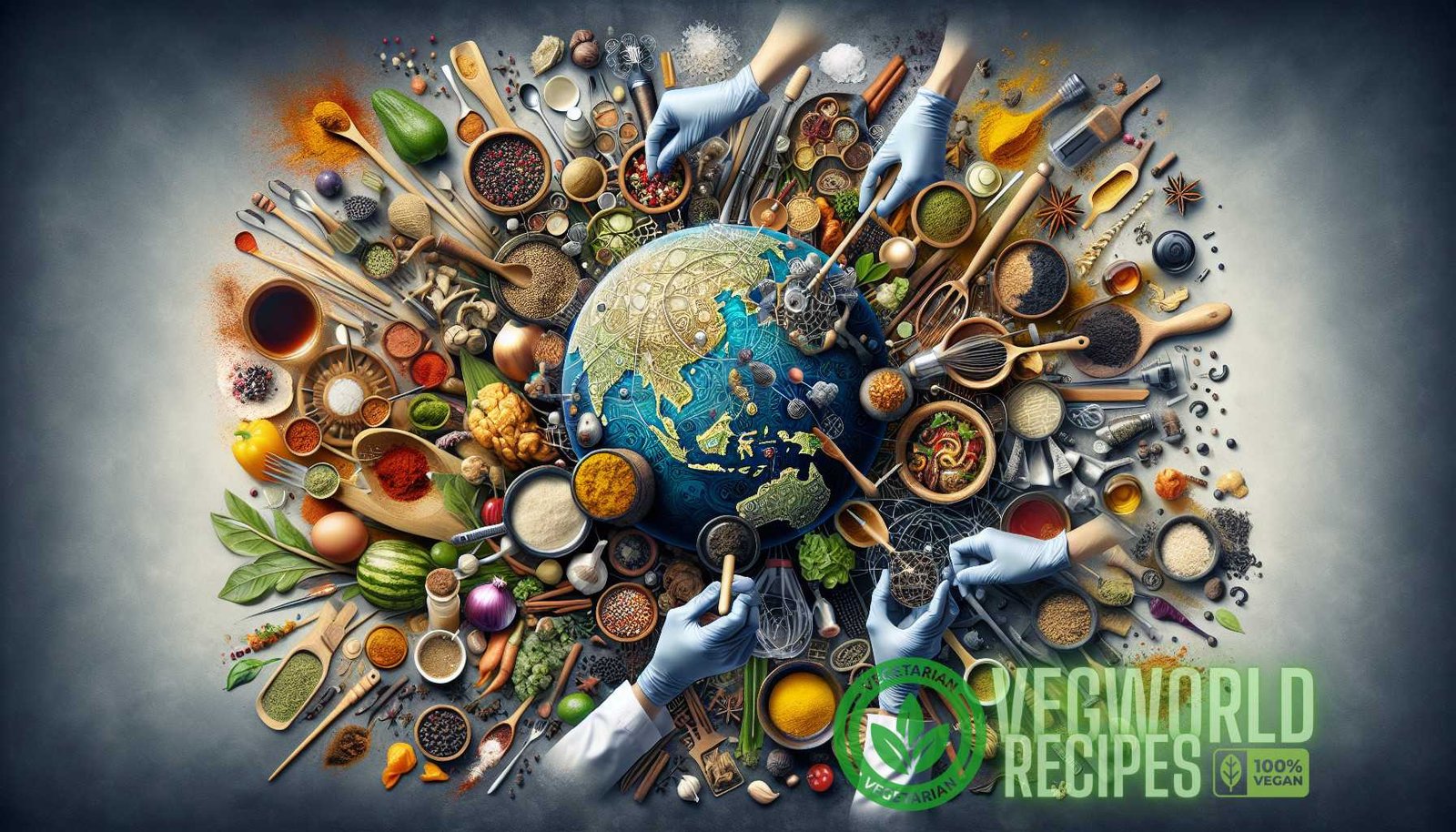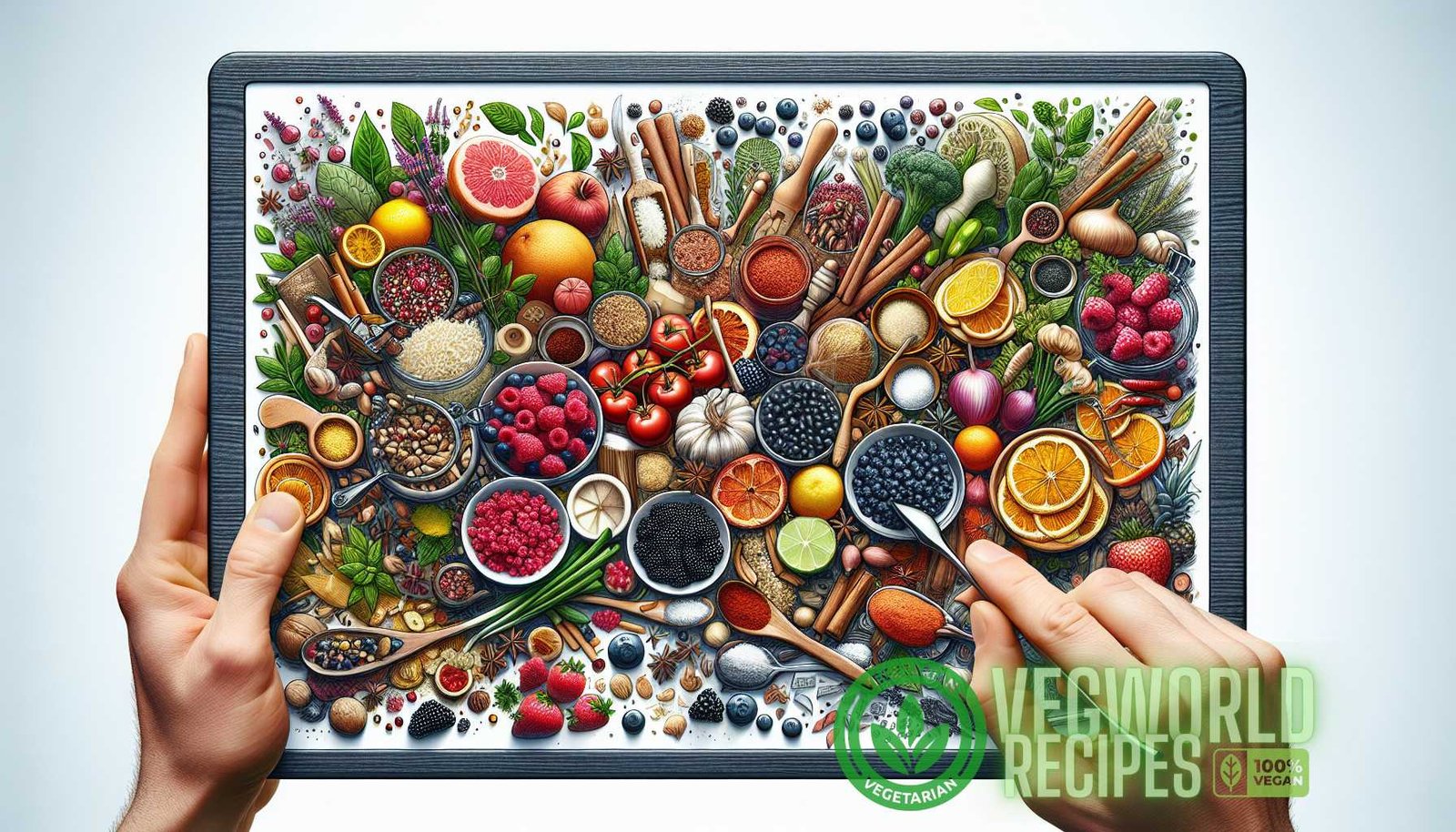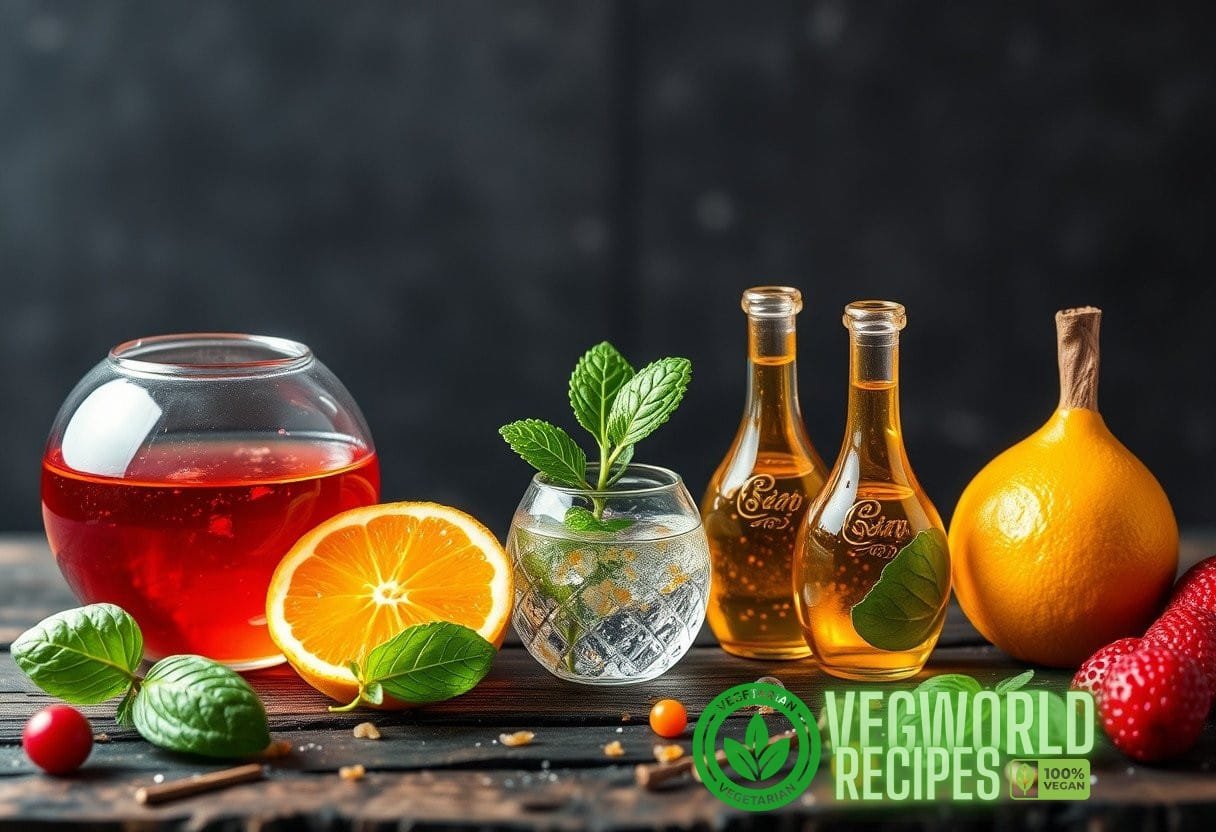Introduction
In the world of gastronomy, the fusion of flavors from different cultures has become an art form. Culinary infusions are the secret behind some of the most delightful and mouthwatering dishes found in world cuisines. From the aromatic blends of Indian spices to the subtle harmony in French cuisine, culinary infusions showcase the alchemy of flavors.
In this guide, we will delve into the art and science of culinary infusions from around the globe. We will explore the techniques, principles, and traditions that give rise to these delightful creations. Join us on a journey through diverse cultures and discover the secrets behind achieving balance and depth in dishes that blend a variety of ingredients. Let us unlock the secrets of the alchemy of flavors and unravel the captivating world of culinary infusions.
The Significance of Culinary Infusions
Culinary infusions play a vital role in the creation of flavor profiles and culinary experiences across the globe. By blending various ingredients, techniques, and cultural influences, chefs are able to craft dishes with complex and harmonious flavors. Here are some key reasons why culinary infusions are significant:
- Enhancing Flavors: Culinary infusions add depth and complexity to dishes, elevating their taste and aroma. By combining different ingredients and techniques, chefs create a symphony of flavors that tantalize the taste buds.
- Preserving Cultural Heritage: Culinary infusions are often deeply rooted in cultural traditions and techniques. These infusions allow the flavors and techniques of a particular culture to be passed down through generations, preserving the culinary heritage.
- Creating Unique Culinary Experiences: A well-executed culinary infusion can transport diners to a different time and place. It allows them to experience the flavors and aromas of a particular culture, creating a unique and memorable dining experience.
- Showcasing Creativity: Culinary infusions provide chefs with the opportunity to showcase their creativity and innovation. By blending flavors and techniques, they can create dishes that are both familiar and surprising, pushing the boundaries of traditional gastronomy.
The Science Behind Culinary Infusions
Culinary infusions are not only an art, but also a science. The creation of complex flavors relies on a deep understanding of the chemical reactions that occur during cooking. Let’s explore the scientific principles behind culinary infusions:
Volatile Compounds and Aromas
The flavors we experience while eating are largely influenced by the volatile compounds present in our food. These compounds are responsible for the aromas that waft from the kitchen and stimulate our sense of smell. Culinary infusions rely on the careful combination and manipulation of these volatile compounds to create unique and desirable aromas.
For example, in Indian cuisine, the combination of spices like cumin, coriander, and cardamom produces a distinct aroma that is characteristic of the cuisine. Each spice contributes its own set of volatile compounds, which react and interact with the other ingredients to form a complex aroma profile.
Flavor Chemistry
Flavor chemistry is a branch of food science that studies the chemical reactions that occur during cooking and the resulting flavors they create. The Maillard reaction, for example, is a crucial process in the creation of delicious flavors. It occurs when the amino acids in proteins react with reducing sugars at high temperatures, resulting in the browning and caramelization of food.
By understanding the principles of flavor chemistry, chefs can manipulate these chemical reactions to create desired flavors. They can adjust cooking temperatures, ingredients, and cooking times to maximize the development of flavors and create culinary infusions that are both exciting and delicious.

Techniques of Culinary Infusions
Culinary infusions encompass a wide range of techniques that are used to impart flavors into dishes. These techniques vary from region to region and culture to culture, each offering its own unique contribution to the culinary world. Here are some common techniques used in culinary infusions:
Marinating
Marinating is the process of soaking food in a seasoned liquid, usually containing an acid such as vinegar or citrus juice, to tenderize and flavor it. Marinating allows flavors to penetrate the food, infusing it with herbs, spices, and other aromatic ingredients. This technique is commonly used in Asian, Middle Eastern, and Latin American cuisines to infuse meat, fish, and vegetables with bold and aromatic flavors.
Braising
Braising is a cooking technique that combines both dry and moist heat. It involves browning food in fat, then simmering it in a flavorful liquid, such as stock or wine. This slow cooking method allows the flavors of the braising liquid to penetrate the food, resulting in tender and flavorful dishes. Braising is commonly used in French cuisine for dishes such as Coq au Vin and Boeuf Bourguignon, where the meat is infused with the rich flavors of the braising liquid.
Smoking
Smoking is a technique that imparts a unique flavor to food by exposing it to smoke from burning wood or spices. The smoke penetrates the food, infusing it with complex and smoky flavors. Smoking is commonly used in barbecue and grilling techniques, as well as in traditional cuisines around the world. In American Southern cuisine, for example, smoking is used to add a distinct smoky flavor to meats like ribs and brisket.
Cultural Influences on Culinary Infusions
Culinary infusions are deeply influenced by the rich cultural traditions and techniques of different cuisines around the world. Let’s explore some notable cuisines and their unique flavor profiles:
Indian Cuisine
Indian cuisine is known for its bold and complex flavors, achieved through the skillful use of spices and herbs. The use of aromatic spices like cumin, coriander, turmeric, and cardamom creates a distinctive flavor profile. Indian culinary infusions often involve slow cooking techniques and the layering of flavors to achieve depth and complexity.
Indian cuisine is a kaleidoscope of flavors and techniques that have evolved over centuries. If you want to discover more about the rich culinary heritage of India, explore our guide on Indian culinary heritage.Italian Cuisine
Italian cuisine is famous for its simplicity and the use of high-quality ingredients. Italian culinary infusions often involve enhancing the natural flavors of ingredients through minimal cooking techniques. The use of olive oil, garlic, tomatoes, and fresh herbs creates a vibrant and fresh flavor profile.
Japanese Cuisine
Japanese cuisine is renowned for its delicate flavors and focus on fresh and seasonal ingredients. The art of umami, or the fifth taste, is a key aspect of Japanese culinary infusions. Fermented ingredients like soy sauce, miso, and mirin add depth and complexity to dishes, while techniques like sushi-making showcase the precision and attention to detail in Japanese gastronomy.
If you have a passion for Indian cuisine and want to explore authentic vegetarian recipes from across the subcontinent, take a culinary journey with our guide on Indian vegetarian recipes.Achieving Balance in Culinary Infusions

Creating a perfectly balanced culinary infusion is an art that requires careful consideration of flavors, textures, and techniques. Here are some tips and techniques for achieving balance and harmony in your dishes:
Contrasting Flavors
Contrasting flavors can create depth and complexity in culinary infusions. By combining sweet, salty, sour, and spicy elements, chefs can create a harmonious balance that keeps the palate intrigued. For example, the tangy tamarind chutney in Indian cuisine balances the heat of spicy dishes, while the umami-rich soy sauce complements the sweetness of sushi.
Textural Balance
Texture plays a crucial role in the overall dining experience. By incorporating a variety of textures in a dish, chefs can create a dynamic and satisfying eating experience. For example, a crispy fried exterior with a tender interior can elevate a dish from ordinary to extraordinary. Balancing textures, such as crunchy and creamy, allows for a more pleasurable and interesting eating experience.
Layering Flavors
Layering flavors is a technique that involves building flavors in a dish by adding ingredients at different stages of cooking. This creates complexity and depth in the final dish. By starting with a flavor base, such as caramelized onions or a rich stock, and adding layers of spices, herbs, and other ingredients, chefs can achieve a well-rounded and flavorful dish.
Popular Culinary Infusions from Around the Globe
Culinary infusions are found in every corner of the world, each with its own unique characteristics and cultural significance. Let’s explore some popular infusions from different cuisines:
Mole Sauce – Mexican Cuisine
Mole sauce is a classic example of culinary infusion in Mexican cuisine. It is a complex sauce made from a blend of chilies, spices, nuts, and other ingredients, often including chocolate. The combination of sweet, spicy, and savory flavors creates a rich and velvety sauce that is often paired with meat or served over enchiladas.
Curry – Indian Cuisine
Curry is a staple in Indian cuisine and represents the art of culinary infusion. It is a blend of spices and herbs, such as turmeric, cumin, coriander, ginger, and garlic, combined with a liquid, such as coconut milk or yogurt. The flavors of curry vary greatly across different regions of India, showcasing the diversity and complexity of Indian culinary traditions.
Bouillabaisse – French Cuisine
Bouillabaisse is a traditional Provençal fish stew that exemplifies the art of culinary infusion in French cuisine. It is made from a blend of different types of fish, shellfish, and aromatic herbs, such as saffron and fennel. The slow simmering of the ingredients allows the flavors to meld together, creating a rich and fragrant dish that is often served with crusty bread.
Conclusion
Culinary infusions are the essence of global gastronomy, showcasing the art and science of blending flavors from different cultures. By understanding the techniques and principles behind culinary infusions, chefs can create dishes that are not only delicious, but also culturally significant. From Indian curries to French stews, culinary infusions add depth, complexity, and excitement to dishes, creating memorable culinary experiences. Embark on your own culinary journey and discover the alchemy of flavors that awaits in the world of global cuisine.



